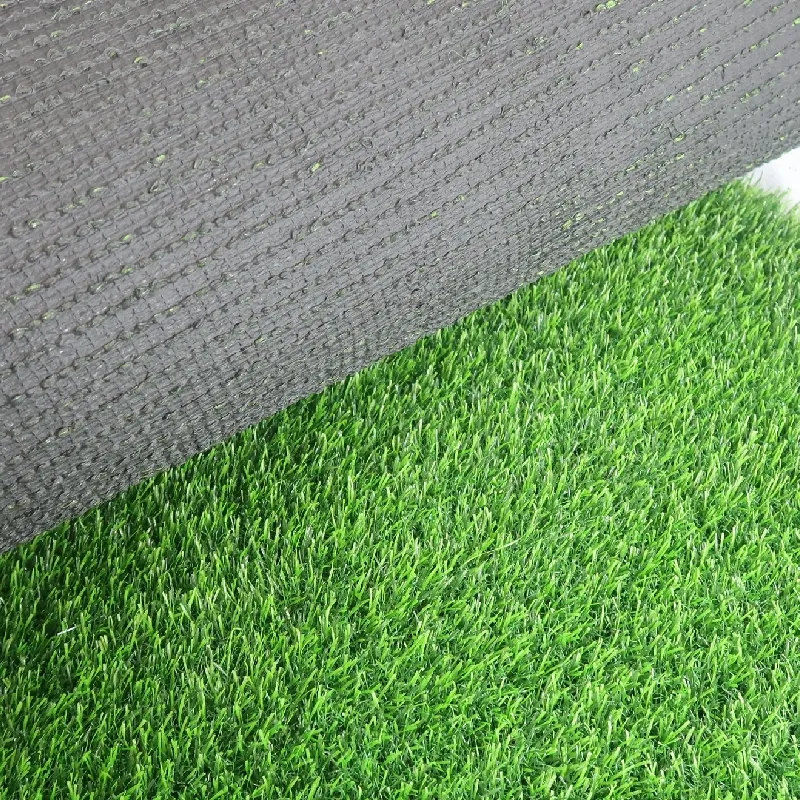
- Afrikaans
- Arabic
- Belarusian
- Bengali
- Czech
- Danish
- Dutch
- English
- Esperanto
- Estonian
- Finnish
- French
- German
- Greek
- Hindi
- Hungarian
- Icelandic
- Indonesian
- irish
- Italian
- Japanese
- kazakh
- Rwandese
- Korean
- Kyrgyz
- Lao
- Latin
- Latvian
- Malay
- Mongolian
- Myanmar
- Norwegian
- Persian
- Polish
- Portuguese
- Romanian
- Russian
- Serbian
- Spanish
- Swedish
- Tagalog
- Tajik
- Thai
- Turkish
- Turkmen
- Ukrainian
- Urdu
- Uighur
- Uzbek
- Vietnamese
turf grass for football field
Dec . 01, 2024 14:40 Back to list
The Importance of Turf Grass for Football Fields
The choice of turf grass for football fields is an essential aspect of the game that often goes overlooked by fans and players alike. The right type of grass not only enhances the playing surface but also contributes to player safety, game performance, and the visual aesthetics of the field. With numerous options available, understanding the characteristics and advantages of different turf grasses can help in selecting the most suitable varieties for football fields.
Key Considerations for Turf Grass Selection
1. Climate Adaptability One of the primary factors in selecting grass for football fields is the geographical location and climate. Cool-season grasses, such as Kentucky bluegrass, fescue, and ryegrass, thrive in northern climates with cooler temperatures and can withstand cold winters. Conversely, warm-season grasses like Bermuda grass, zoysia grass, and Buffalo grass are more suitable for southern regions where temperatures are higher during the summer months.
2. Wear Tolerance Football is a high-intensity sport, and the playing surface must withstand heavy foot traffic and physical impact. Therefore, selecting a grass type that can tolerate wear and tear is crucial. Bermuda grass, for example, is known for its resilience and quick recovery after periods of heavy use, making it a popular choice for many football fields.
3. Maintenance Requirements Different grasses have varying maintenance needs, which can significantly influence overall field management. For instance, while Kentucky bluegrass offers a lush playing surface, it requires frequent watering, fertilization, and mowing to thrive. In contrast, warm-season grasses like zoysia require less water and fertilizer, making them a more economical option in certain regions. Field managers must consider budget constraints and the availability of resources when making decisions about turf grass.
4. Aesthetic Appeal The visual aspect of a football field is important for both players and spectators. A vibrant, healthy playing surface enhances the overall experience of the game. Many warm-season grasses, specifically Bermuda grass, have a rich green color and uniform texture that can significantly elevate the appearance of the field. Regular mowing and aeration are required to maintain a pristine look, regardless of the grass type chosen.
Pros and Cons of Common Turf Grasses
turf grass for football field

- Kentucky Bluegrass Pros include its lush appearance and deep rooting system that helps it recover from stress. However, it can be less wear-resistant compared to some warm-season grasses and requires more oversight in terms of irrigation and fertilization.
- Bermuda Grass Widely used in southern climates, Bermuda grass is known for its durability and resistance to drought. Its downside may be that it goes dormant and turns brown during colder months, necessitating a transition to other grasses for winter play.
- Tall Fescue This grass type has a deep root system and is suitable for transitional zones. It is drought-tolerant and adapts well to various climates, but it may not provide the same aesthetic appeal as Kentucky bluegrass or Bermuda grass.
The Role of Technology in Turf Management
In recent years, advancements in technology have revolutionized the maintenance and management of football turf. Sophisticated irrigation systems, soil sensors, and maintenance equipment allow field managers to optimize water usage, monitor grass health, and apply nutrients precisely where needed. Technology also aids in pest management and disease control, ensuring that the turf remains healthy throughout the playing season.
Additionally, innovations in hybrid grass varieties, which incorporate both natural and synthetic elements, provide a promising solution for football fields, especially for those that experience extreme wear. These hybrid solutions can offer durability while mimicking the natural feel of traditional grass.
Conclusion
Selecting the appropriate turf grass for football fields is a multifaceted process that requires careful consideration of various factors, including climate, wear tolerance, maintenance needs, and aesthetic value. Each grass type brings its advantages and challenges, and through modern technology and improved management practices, field managers can create optimal playing conditions for athletes. Ultimately, the right choice of turf grass not only enriches the game but also ensures a safe and enjoyable experience for all involved.
-
The Benefits of Artificial Turf for Indoors
NewsJul.15,2025
-
How Artificial Grass Suppliers Ensure Quality Products
NewsJul.15,2025
-
Artificial Grass and Pets: A Space for Relaxation
NewsJul.08,2025
-
Balcony & Outdoor Decoration with Artificial Grass
NewsJul.08,2025
-
Best Indoor Artificial Grass for Home
NewsJul.07,2025
-
Best Pet Turf for Dogs: Safe & Durable Artificial Grass Options
NewsJul.07,2025
Products categories









